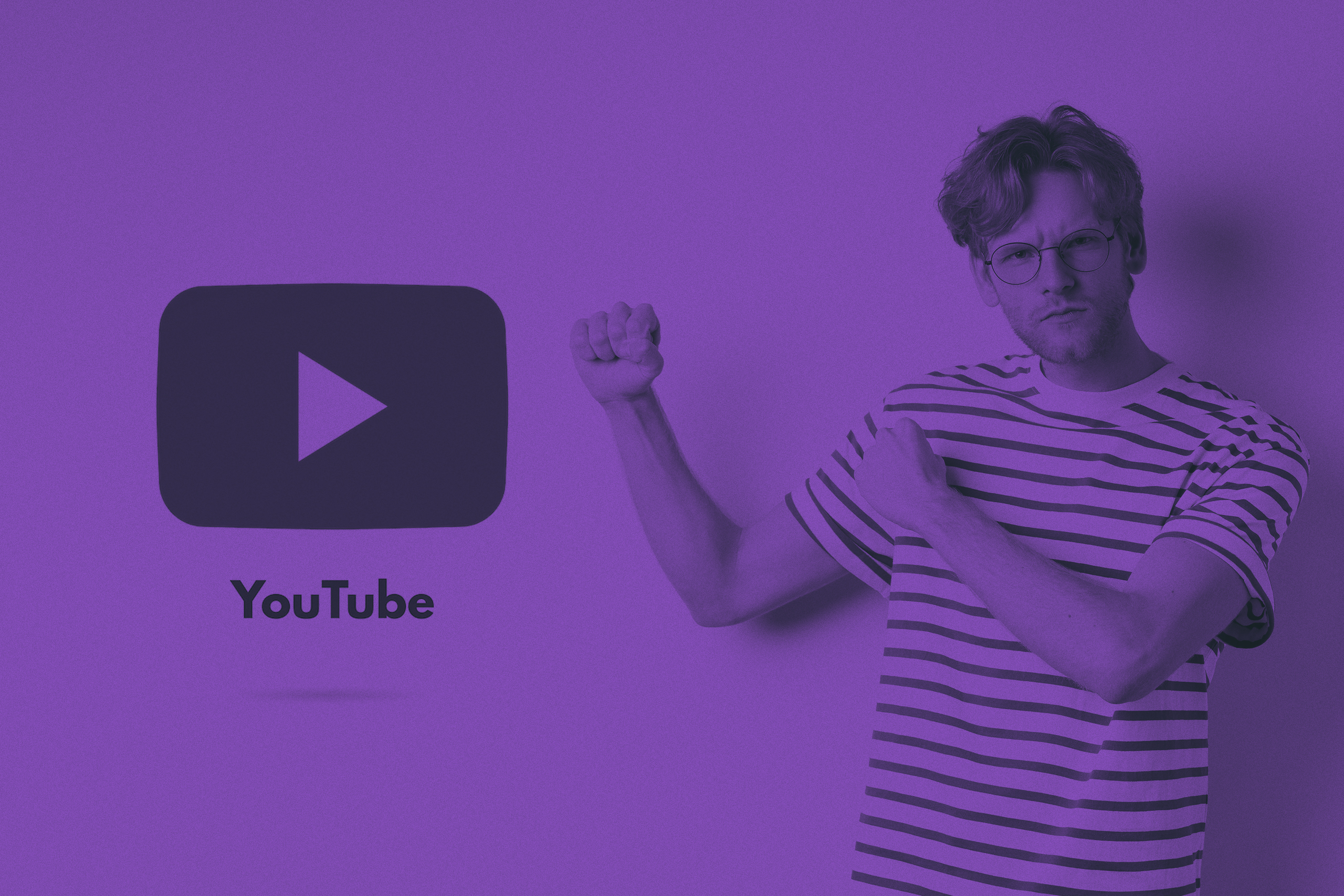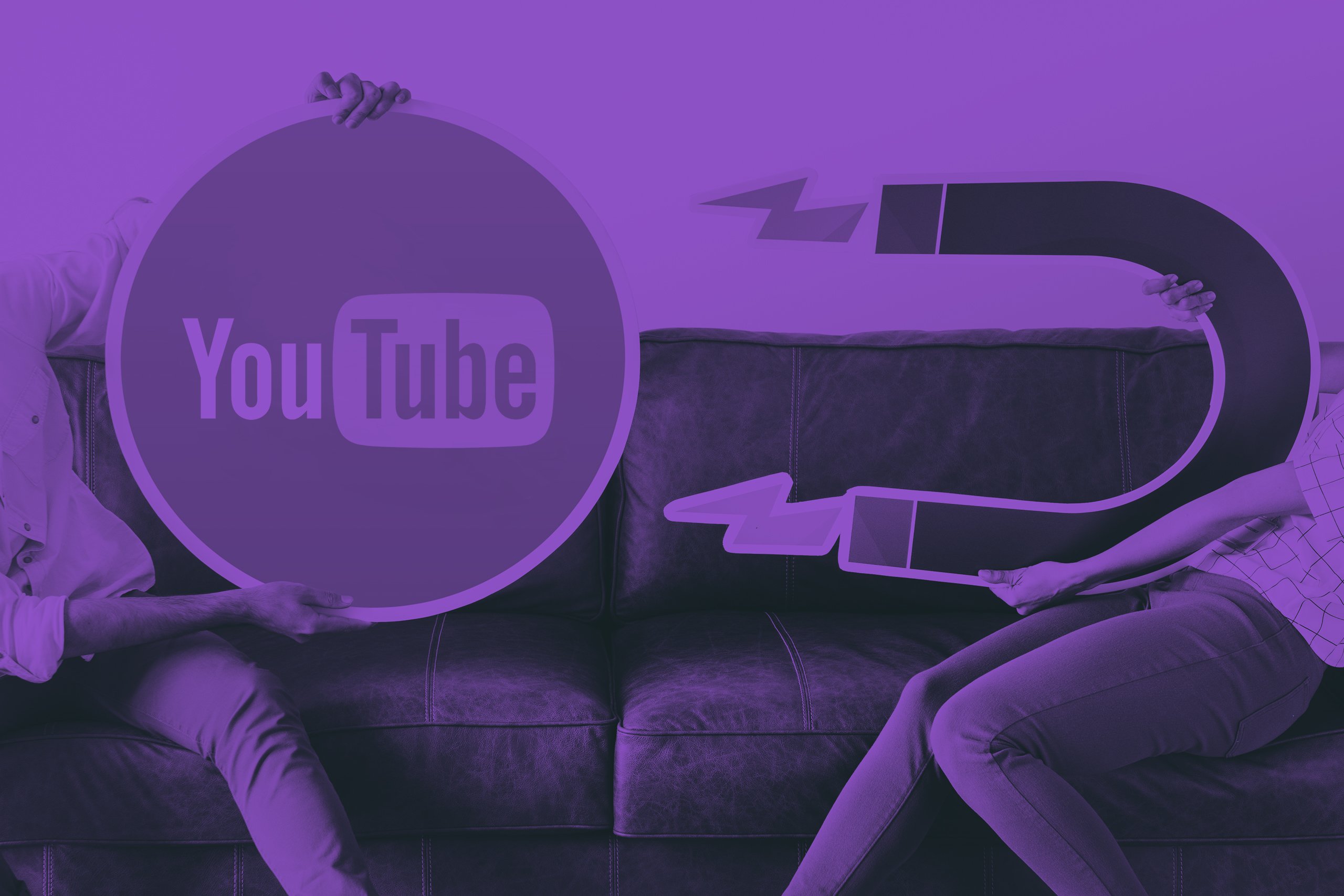If you’re a business owner or marketer, you might be wondering whether YouTube ads or traditional advertising is more effective for reaching your target audience. After all, both methods have their pros and cons, and the choice can make a big difference in your return on investment (ROI). Ranging from policy complexities of YouTube Advertising to Billboard size and location of traditional Advertising, comparing the two, may seem simple there are many caveats.
In this article, we’ll compare to the best of our ability YouTube ads vs traditional advertising on various aspects, such as cost, reach, engagement, measurement, and creativity. By the end of this article, you’ll have a better idea of which one wins for your business goals, and where in your advertising journey you should consider these channels.
Cost
One of the main advantages of YouTube ads is that they are much cheaper than traditional advertising. According to WordStream, the average cost per view (CPV) for YouTube ads is $0.026, which means you can reach 1,000 people for only $26. Compare that to the average cost per thousand (CPM) for TV ads, which is $28.26 according to Statista, or the average cost per thousand (CPM) for print ads, which is $16.22 according to Marketing Charts.
Moreover, YouTube ads allow you to set your own budget and bid strategy, so you can control how much you spend and optimize your campaigns for maximum ROI. You can also choose to pay only when someone watches your ad for at least 30 seconds or clicks on it, which means you don’t waste resources or budget on people who are not interested in your offer.
Traditional advertising, on the other hand, requires a large upfront investment and often involves long-term contracts and fixed rates. You also have to pay for the production and distribution of your ads, which can add up quickly. Additionally, you have less flexibility and control over your campaigns, as you have to rely on the availability and schedule of the media outlets.
Reach
Another benefit of YouTube ads is that they have a massive global reach. According to YouTube, the platform has over 2 billion monthly active users who watch over 1 billion hours of video every day. YouTube is also the second most visited website in the world after Google, according to Alexa.
This means that YouTube ads can help you reach a large and diverse audience that spans different demographics, interests, and locations. You can also use YouTube’s advanced targeting options to narrow down your audience based on their age, gender, location, language, interests, behavior, and more. You can even target people who have searched for specific keywords on Google or watched specific videos on YouTube.
Traditional advertising, meanwhile, has a more limited and local reach. Depending on the type of media you choose, such as TV, radio, newspaper, or billboard, you can only reach a certain number of people who are exposed to that media at a given time and place. You also have less control over who sees your ads, as you have to rely on the media outlet’s audience profile and ratings.
Engagement
YouTube ads also have an edge over traditional advertising when it comes to engagement. According to Google, YouTube ads generate 4 times more attention than TV ads and 11 times more attention than display ads. This is because YouTube ads are more interactive and immersive than traditional ads. They allow you to use different formats and features to capture your audience’s attention and inspire them to take action.
For example, you can use video ads to tell a compelling story or showcase your product or service in action. You can also use skippable or non-skippable ads to give your audience the option to skip or watch your ad. You can also use bumper ads to deliver a short and catchy message in 6 seconds or less. You can also use discovery ads to appear alongside related videos or search results and invite your audience to watch your video. You can also use overlay ads or sponsored cards to display relevant information or offers on top of your video.
Furthermore, YouTube ads allow you to add call-to-action buttons or end screens to your videos to direct your audience to your website or landing page. You can also use extensions to display additional information such as your location, phone number, or app download link. You can also enable comments and likes on your videos to encourage feedback and interaction from your audience.
Traditional advertising, in contrast, has a lower level of engagement than YouTube ads. This is because traditional ads are more passive and interruptive than YouTube ads. They often appear in between or alongside other content that your audience is consuming, which means they have less attention and interest from them. They also have fewer options and features to interact with your audience or drive them to action.
For instance, TV ads or radio ads can only use audiovisual elements to convey your message or offer. They also have no way of knowing whether someone watched or listened to your ad or not. They also have no way of tracking how many people took action after seeing or hearing your ad. Similarly, print ads or billboard ads can only use text and images to communicate your message or offer. They also have no way of measuring how many people saw or read your ad or how many people responded to your ad.
If you are interested in advanced targeting methods for YouTube Ads you can review the following episodes of our Podcast, The Marketing Mixtape:
Measurement & Attribution
YouTube ads also have a clear advantage over traditional advertising when it comes to measurement. Although since the days of retargeting and multi-touchpoint buyer journeys, attribution for paid ads has become complex, it is still a very linear method of measuring ROI of your ads. YouTube ads allow you to track and measure the performance and impact of your campaigns using various metrics and tools. You can use YouTube Analytics to see how many views, impressions, clicks, conversions, and revenue your ads generate. You can also use Google Ads to see how your ads perform across different devices, networks, and platforms. You can also use Google Attribution to see how your ads influenced your customer’s journey across different touchpoints.
Moreover, YouTube ads allow you to test and optimize your campaigns using different methods and features. You can use A/B testing to compare different versions of your ads and see which one performs better. You can also use responsive video ads to automatically adjust your ad’s format and content based on the viewer’s device and context. You can also use smart bidding to automatically optimize your bids based on your goals and budget.
Traditional advertising, on the other hand, has a more difficult time measuring the effectiveness and ROI of their campaigns. Traditional advertising often relies on indirect and approximate methods to estimate the reach and impact of their ads, such as surveys, polls, ratings, or coupons. These methods are often costly, time-consuming, and inaccurate. They also have limited ability to test and optimize their campaigns, as they have less data and feedback to work with.
Creativity
Finally, YouTube ads and traditional advertising both have their own strengths and weaknesses when it comes to creativity. YouTube ads offer more creative freedom and flexibility than traditional advertising, as they allow you to use different formats, lengths, styles, and features to create engaging and memorable ads. You can also use YouTube’s Creator Academy to learn tips and best practices from successful YouTube creators and advertisers.
However, YouTube ads also face more competition and challenges than traditional advertising, as they have to compete with millions of other videos and content on the platform. They also have to deal with shorter attention spans and higher expectations from the audience. They also have to comply with YouTube’s policies and guidelines, which may limit some of your creative choices.
Traditional advertising, meanwhile, has more creative constraints and limitations than YouTube ads, as they have to follow the rules and standards of the media outlets they work with. They also have to deal with higher costs and lower availability of the media space they want. They also have to adapt their ads to different formats and sizes depending on the type of media they choose.
However, traditional advertising also has more creative opportunities and advantages than YouTube ads, as they can leverage the power and prestige of the media outlets they partner with. They can also benefit from the trust and loyalty of the audience that follows those media outlets. They can also create more impactful and lasting impressions by using large-scale or unconventional media spaces or techniques.
Conclusion
So, which one wins: YouTube ads or traditional advertising? The answer is: if you are new on the advertising journey and need quick measurable results, YouTube Ads is a better alternative. But say your business is local and you have striking visuals, potentially traditional advertising works better than YouTube. All in all, it depends on your business goals, budget, audience, message, offer, and industry. Both methods have their pros and cons, and both methods can work well together as part of a holistic marketing strategy.
The key is to understand your options and choose the one that suits your needs best. If you need help with creating effective YouTube ads or traditional advertising campaigns for your business, feel free to contact us today at Yugo Media. We’ll be happy to assist you with our expertise and experience in YouTube Ads Management and Video Marketing for SMBs.
We hope you enjoyed this article and learned something new. If you want more tips and insights on how to grow your business with YouTube ads or video marketing, check out our blogs, and YouTube channel, or get in touch with us. We are Yugo Media, a team of passionate professionals who love helping businesses succeed online.
If you liked this article, you might also like these other blogs from Yugo Media:







